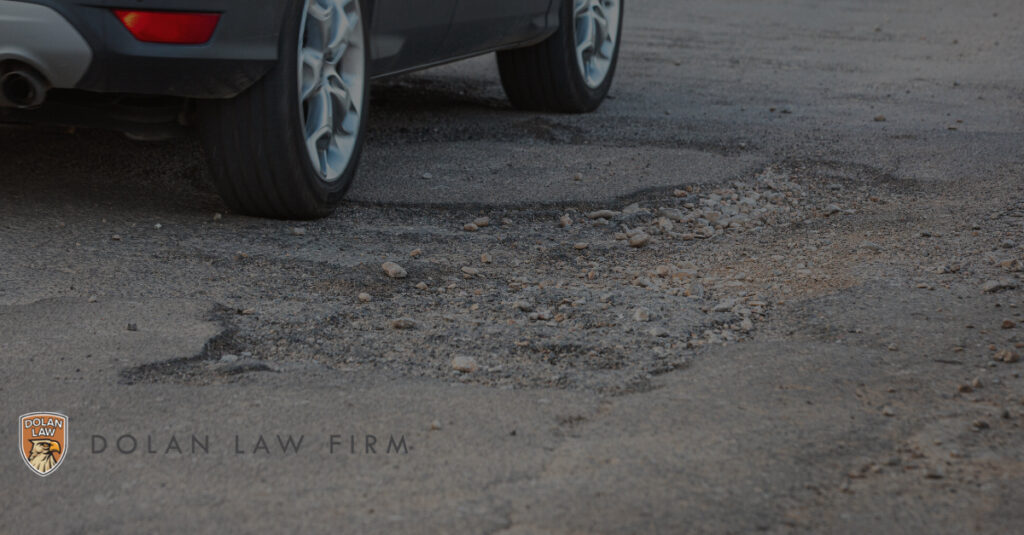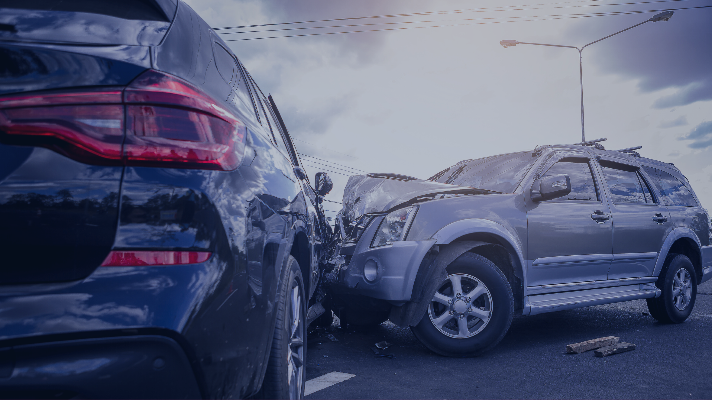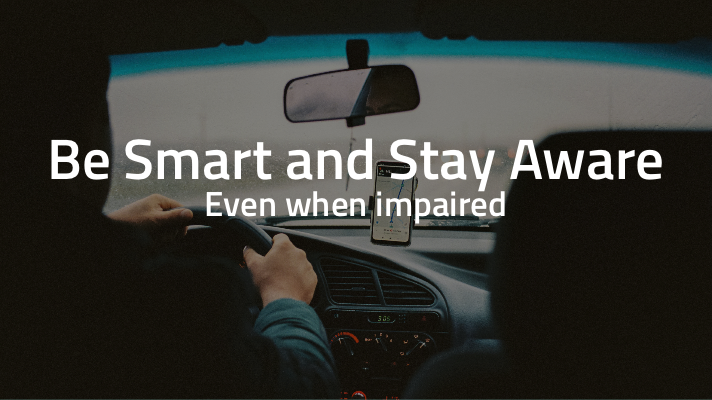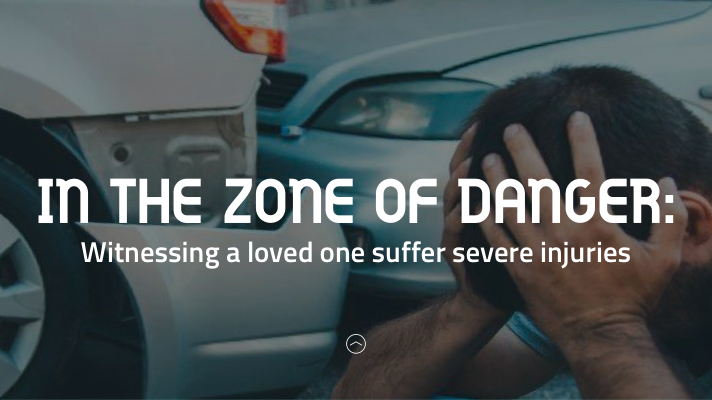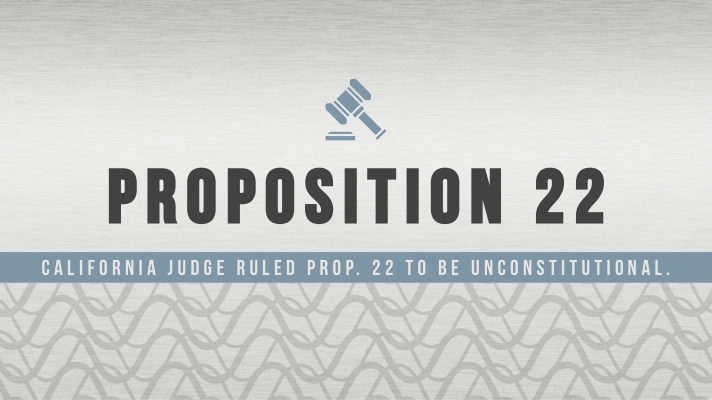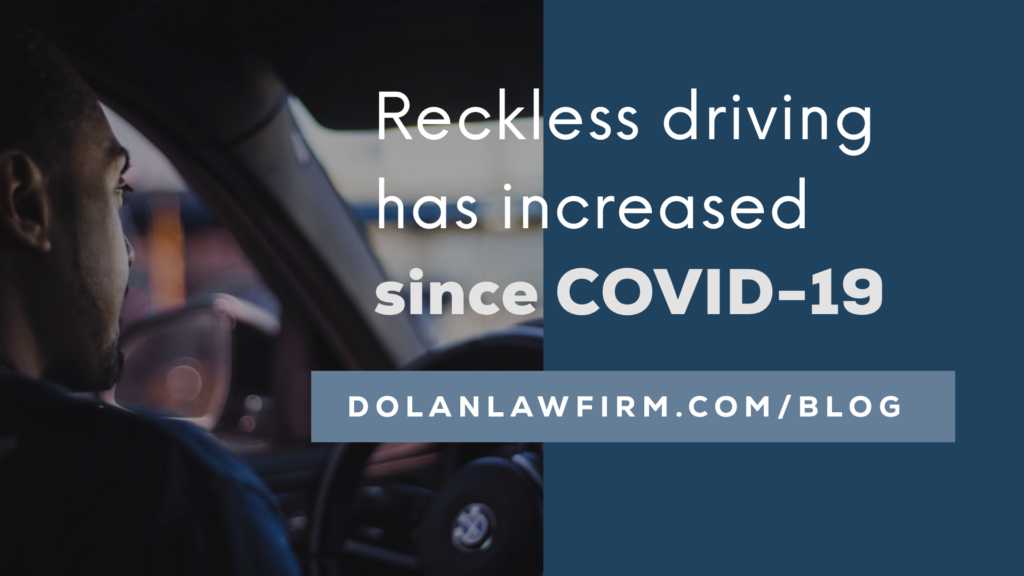Ride Share Driver Insurance and California Proposition 22
Written By Chris Dolan and Aimee Kirby This week’s question comes from Arsen from South San Francisco, CA, who asks: I had been driving for a rideshare company before the laws were changed, and although it was hard during the pandemic, I continued to drive for them. I need clarification about their different insurance options …
Ride Share Driver Insurance and California Proposition 22 Read More »


